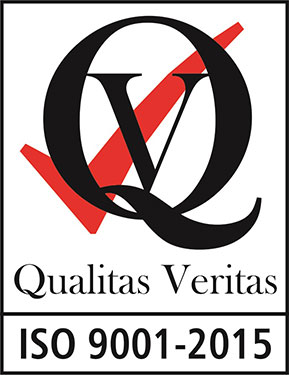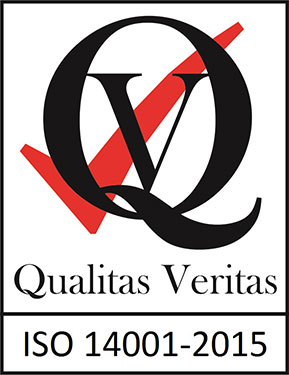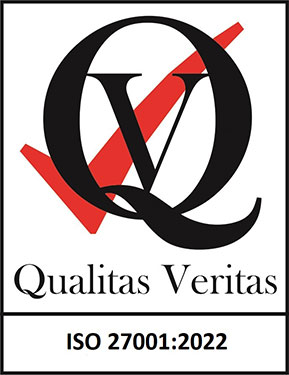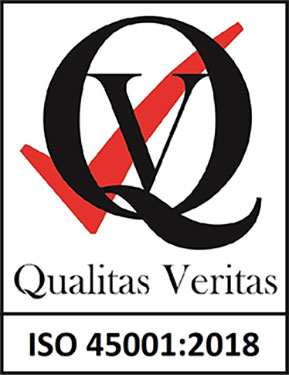If you plan on buying a property in Central London, one important issue to be aware of is the difference between freehold and leasehold properties. A freehold means you will own the property itself, as well as the land it is built on. You will be registered with the land registry as the freeholder once you complete the purchase. You’ll hold the assets in perpetuity until you decide to sell or transfer them to a new owner.
In the instance of a leasehold, you may own the property or a part of it for a period of time, but you will not own the land it sits on. You will typically have a contract with the freeholder that gives you the right to live in the property. The lease will generally be long term with contracts commonly lasting between 90 and 120 years, but they can vary greatly.
Leaseholder contracts need to clearly set out the responsibilities of both parties. Leaseholders have to comply with their terms or they will be in breach of the contract and could face the prospect of the lease being terminated. Some contracts are highly complex and set out rules for many different topics, from pets to making alterations to the property. In many cases the leaseholder will be required to pay annual fees including ground rent, service fees and maintenance costs. This is common with apartment buildings.
Leaseholds change in value depending on the length of the contract. The shorter they are generally the less value they hold because the ownership reverts back to the freeholder at the end. You should always factor the length of the contract into the valuation of the property.
If you are looking to buy investment properties in Brent, Hammersmith and Fulham, Greenwich or any other area of London, it is crucial to check the freehold status of the properties. We can advise you on this as well as all other matters to do with London-based investments.




